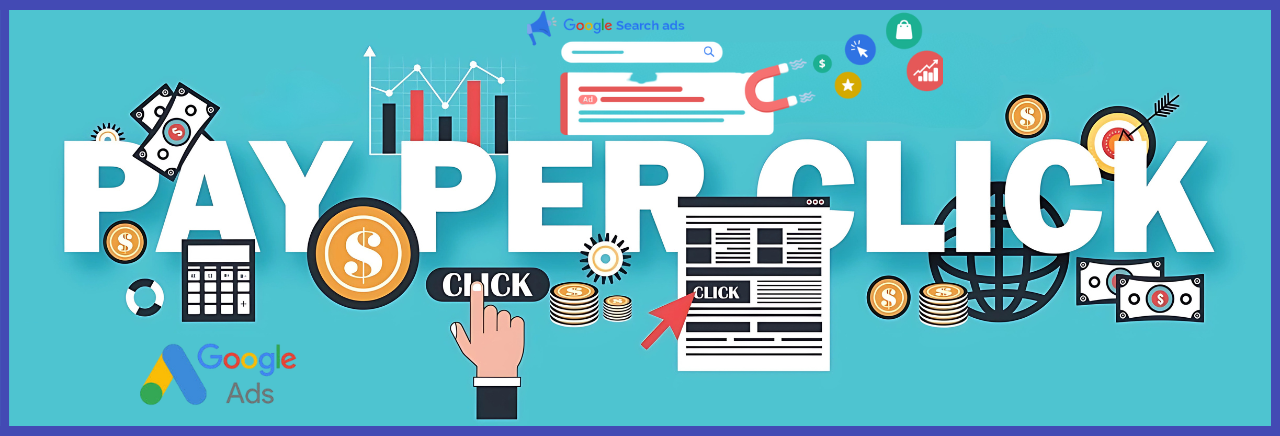
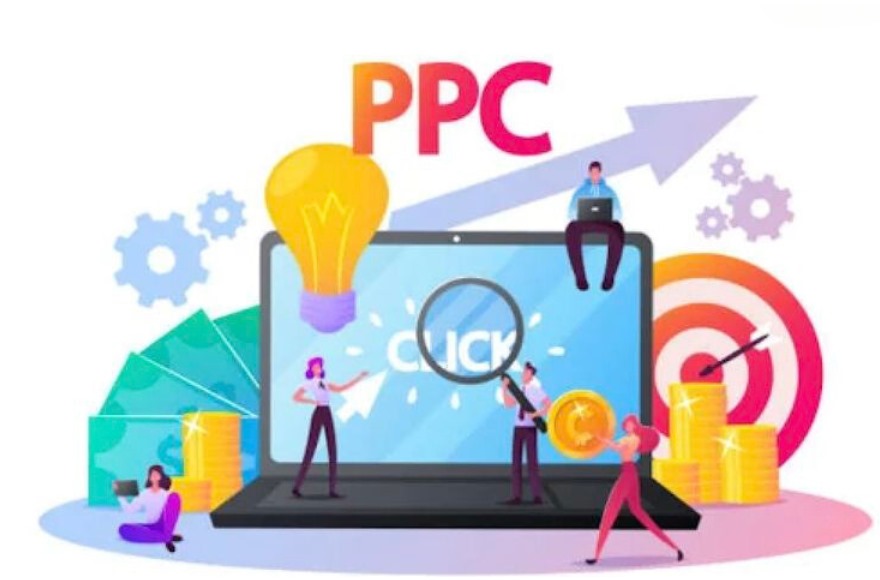
What is PPC – Pay-Per-Click Marketing?
Pay-per-click (PPC) is an online advertising model in which an advertiser pays a Amount publisher every time their ad is clicked by a user. It’s a way of buying visits to your site rather than earning them organically.
Alternatively, PPC is known as the cost-per-click (CPC) model.
The pay-per-click model is offered primarily by search engines (e.g., Google) and social networks (e.g., Facebook). Google Ads, Facebook Ads, and Twitter Ads are the most popular platforms for PPC advertising.
What is PPC – Pay-Per-Click Marketing?

Pay-per-click (PPC) is an online advertising model in which an advertiser pays a Amount publisher every time their ad is clicked by a user. It’s a way of buying visits to your site rather than earning them organically.
Alternatively, PPC is known as the cost-per-click (CPC) model.
The pay-per-click model is offered primarily by search engines (e.g., Google) and social networks (e.g., Facebook). Google Ads, Facebook Ads, and Twitter Ads are the most popular platforms for PPC advertising.
The PPC Process
Advertisers create campaigns by selecting keywords and targeting specific audiences based on factors such as location, demographics, and interests. They also set a maximum bid for the keywords they want to target.
Search engines use algorithms to determine which ads appear and in what order, based on the advertiser’s bid, the relevance of the ad, and the quality of the ad.
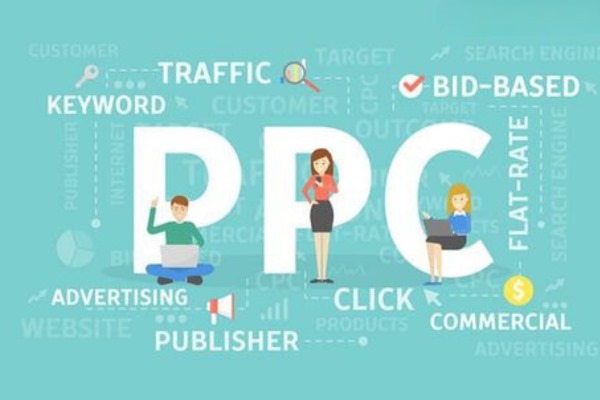
The PPC Process

Advertisers create campaigns by selecting keywords and targeting specific audiences based on factors such as location, demographics, and interests. They also set a maximum bid for the keywords they want to target.
Search engines use algorithms to determine which ads appear and in what order, based on the advertiser’s bid, the relevance of the ad, and the quality of the ad.

How the PPC Model Works
PPC primarily revolves around keywords. In search engines, ads appear when users search for keywords related to the product or service being promoted. Advertisers must invest in the right keywords to get more clicks and increase profits.
Pay-per-click (PPC) is a type of online advertising where you only pay when someone clicks on your ad. It’s a way to attract visitors to your website by paying for their click rather than waiting for organic traffic. PPC is also called the cost-per-click (CPC) model. Popular platforms like Google and social media sites offer this service. You set up an ad, and every time a user clicks on it, you pay a small fee to the platform hosting your ad. It’s a quick way to drive traffic and boost visibility for your website.
How the PPC Model Works
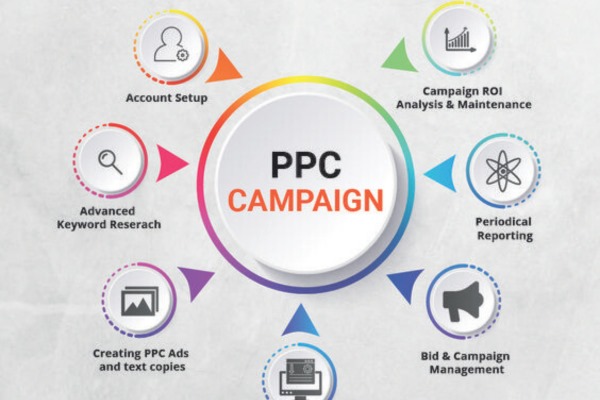
PPC primarily revolves around keywords. In search engines, ads appear when users search for keywords related to the product or service being promoted. Advertisers must invest in the right keywords to get more clicks and increase profits.
Pay-per-click (PPC) is a type of online advertising where you only pay when someone clicks on your ad. It’s a way to attract visitors to your website by paying for their click rather than waiting for organic traffic. PPC is also called the cost-per-click (CPC) model. Popular platforms like Google and social media sites offer this service. You set up an ad, and every time a user clicks on it, you pay a small fee to the platform hosting your ad. It’s a quick way to drive traffic and boost visibility for your website.
Benefits of PPC
For advertisers, PPC offers the advantage of reaching a targeted audience who is already interested in related products or services. A well-planned PPC campaign can provide a high return on investment, as the revenue from each click often exceeds the cost.
For publishers (like Google or Facebook), PPC provides a major source of revenue. These platforms offer free services but generate income by selling ad space through PPC models.
PPC ads come in different shapes and sizes (literally), and can be made up of text, images, videos, or a combination. They can appear on search engines, websites, social media platforms, and more.
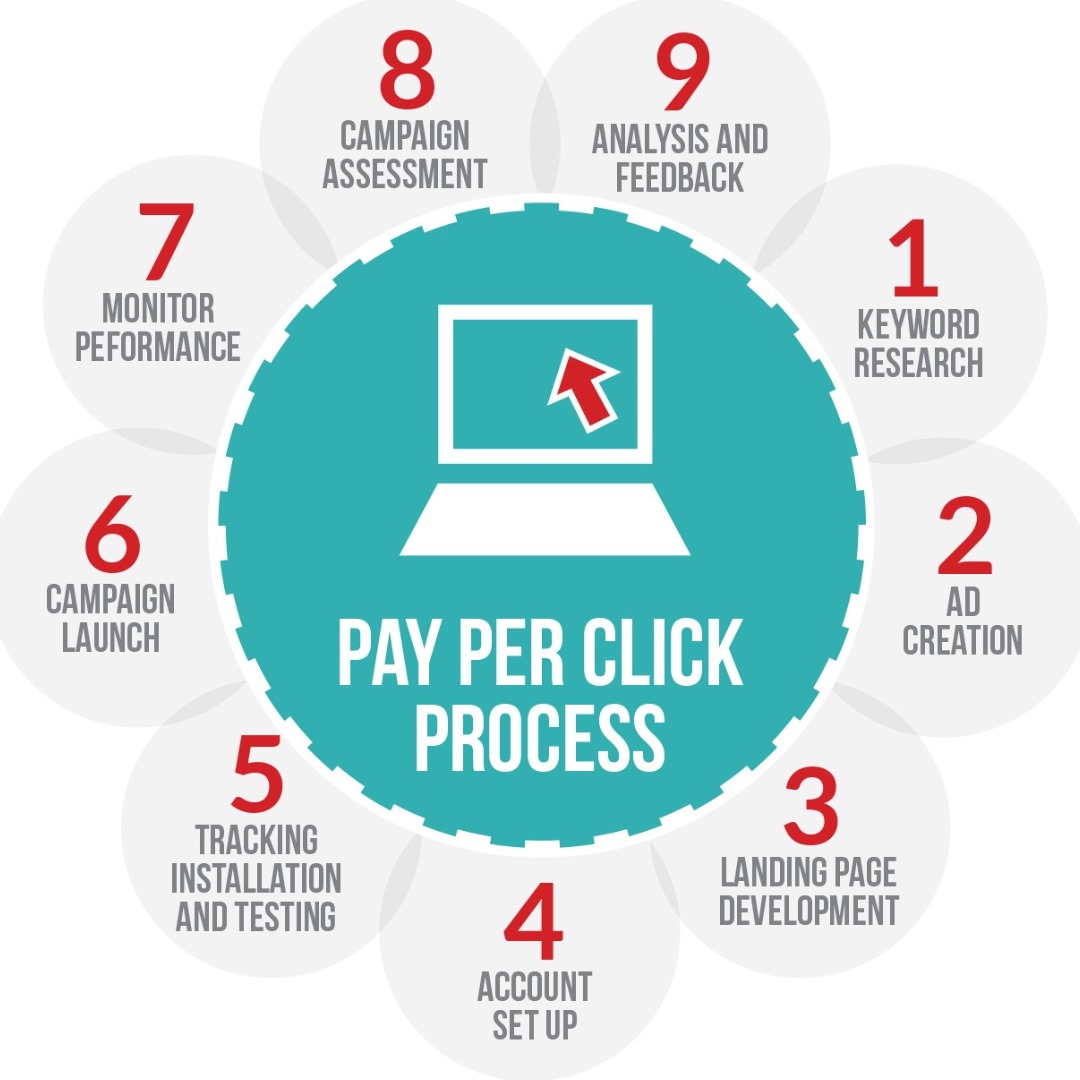
Benefits of PPC

For advertisers, PPC offers the advantage of reaching a targeted audience who is already interested in related products or services. A well-planned PPC campaign can provide a high return on investment, as the revenue from each click often exceeds the cost.
For publishers (like Google or Facebook), PPC provides a major source of revenue. These platforms offer free services but generate income by selling ad space through PPC models.
PPC ads come in different shapes and sizes (literally), and can be made up of text, images, videos, or a combination. They can appear on search engines, websites, social media platforms, and more.
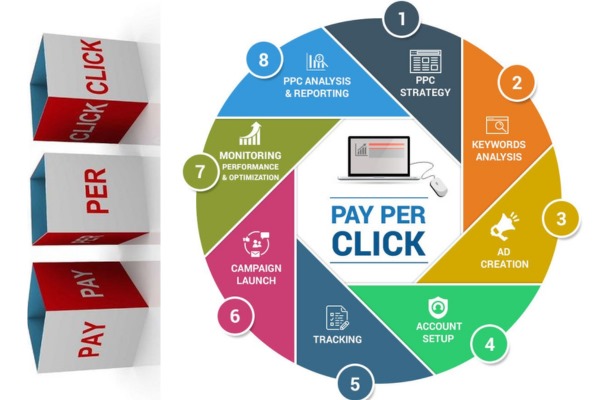
How Does PPC Advertising Work?
PPC (Pay-Per-Click) advertising can vary slightly across different platforms, but generally follows these steps:
- Choose your campaign type: Select the campaign based on your objective (e.g., awareness, conversions, traffic).
- Set your targeting: Refine your audience, devices, locations, and schedules.
- Budget and bidding: Set your budget and choose your bidding strategy.
- Destination URL: Input the landing page URL where you want to drive traffic.
- Build your ad: Create a compelling ad that resonates with your target audience.
How Does PPC Advertising Work?

PPC (Pay-Per-Click) advertising can vary slightly across different platforms, but generally follows these steps:
- Choose your campaign type: Select the campaign based on your objective (e.g., awareness, conversions, traffic).
- Set your targeting: Refine your audience, devices, locations, and schedules.
- Budget and bidding: Set your budget and choose your bidding strategy.
- Destination URL: Input the landing page URL where you want to drive traffic.
- Build your ad: Create a compelling ad that resonates with your target audience.
Key Considerations When Setting Up a PPC Campaign:
- Goals: Clearly define your campaign objectives (e.g., lead generation, brand awareness).
- Keywords: Choose relevant keywords to bid on.
- Budget: Set a daily or monthly budget to control spending.
- Landing Page: Ensure the landing page is relevant to the ad and offers a clear call-to-action.
- Remarketing: Use remarketing to re-engage people who have already visited your website or social media.
- Bumper Ads: Utilise short, non-skippable video ads (usually six seconds) to build brand awareness or deliver concise messages.
PPC Campaign Management: This involves tasks like competitive analysis, keyword research, bid management, and split testing to optimise performance.
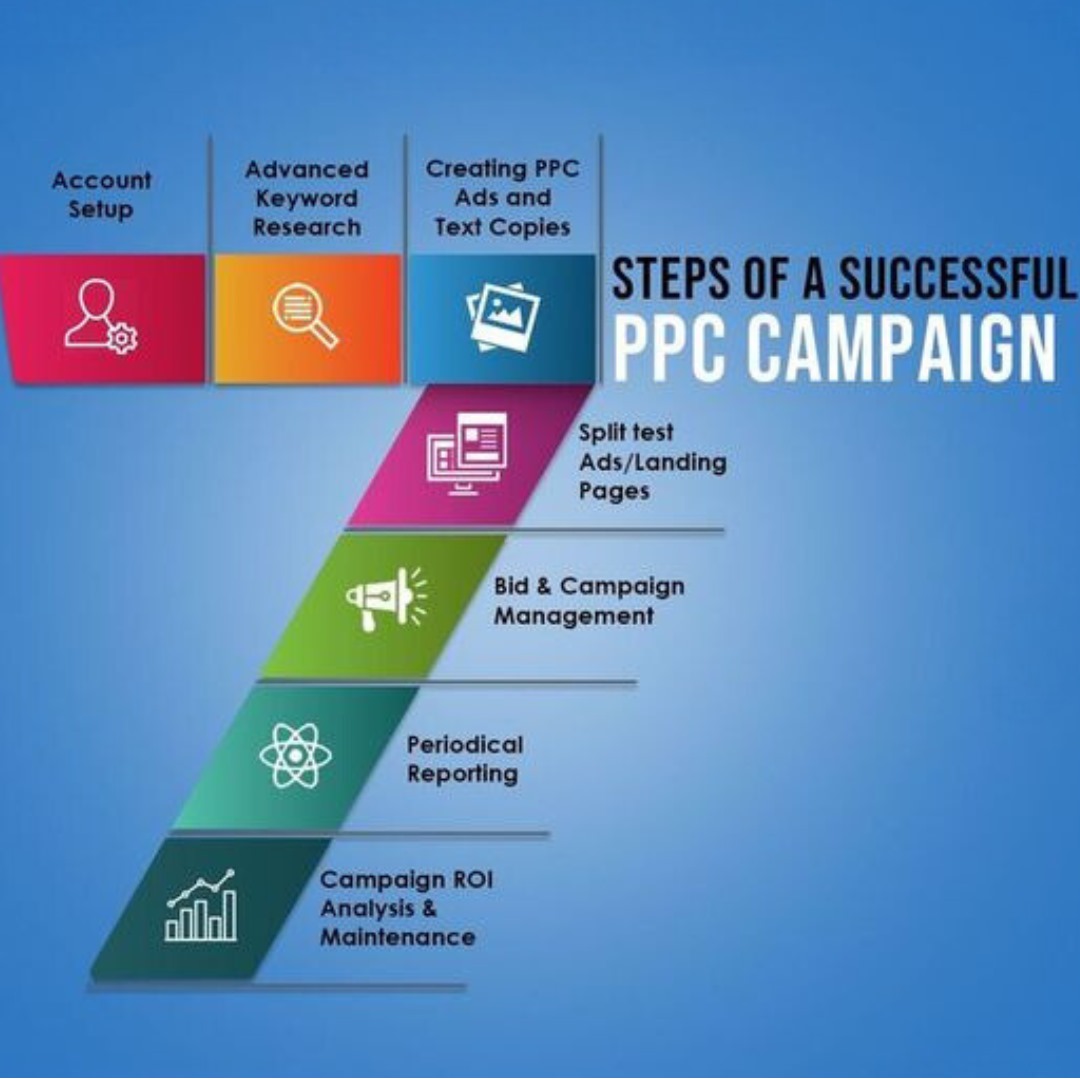
Key Considerations When Setting Up a PPC Campaign:

- Goals: Clearly define your campaign objectives (e.g., lead generation, brand awareness).
- Keywords: Choose relevant keywords to bid on.
- Budget: Set a daily or monthly budget to control spending.
- Landing Page: Ensure the landing page is relevant to the ad and offers a clear call-to-action.
- Remarketing: Use remarketing to re-engage people who have already visited your website or social media.
- Bumper Ads: Utilise short, non-skippable video ads (usually six seconds) to build brand awareness or deliver concise messages.
PPC Campaign Management: This involves tasks like competitive analysis, keyword research, bid management, and split testing to optimise performance.


